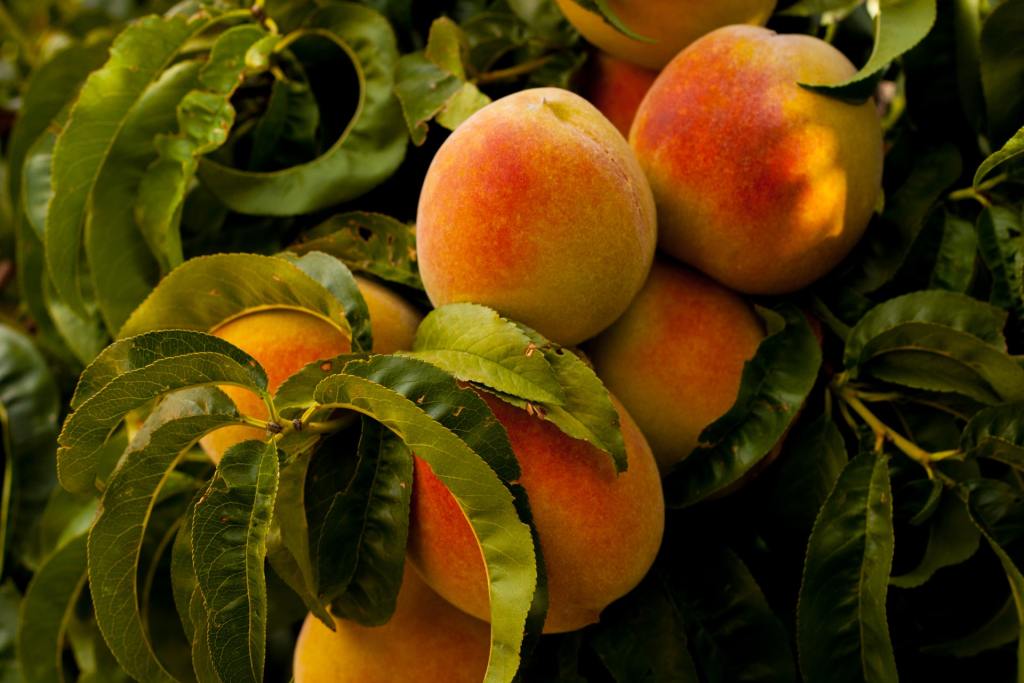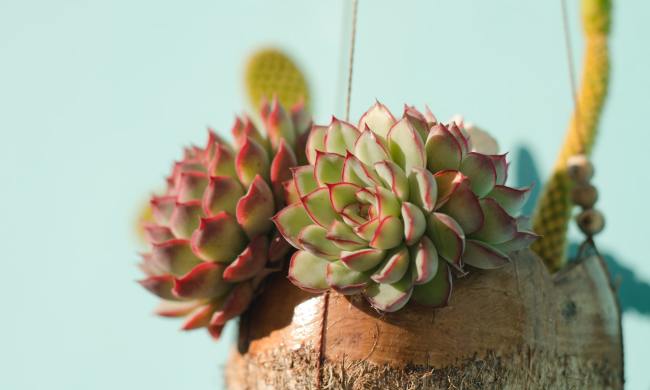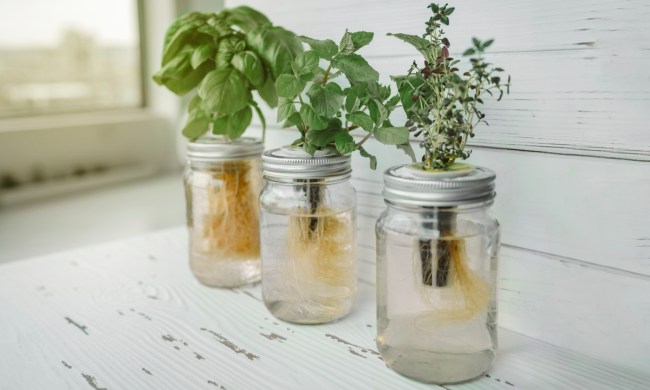After all your hard work over the summer, you don’t want to miss out on the most important and exciting part of gardening: harvesting. Almost all your summer garden plants will be ready to harvest at some point in August; it can quickly become overwhelming to try and harvest them all before they go bad.
If you feel like you can’t handle the overabundance of ripe and ready fruit, maybe it’s time to focus on the fruits and veggies that are the best during this harvest season.

What is ready to harvest in August?
Before we start picking favorites, let’s talk about all the garden plants that will probably be ready to harvest in August.
Warmer weather crops will be at peak deliciousness in August. This includes beans, corn, cucumbers, melons, okra, tomatoes, and summer squash. These iconic summer veggies will be tender and juicy and taste great when harvested in August.
There are also a lot of cooler weather plants that can be grown and harvested during the hotter months. These plants include beets, cabbage, kale, radishes, turnips, carrots, lettuce, onions, peas, spinach, and swiss chard. While these taste their best when grown and harvested in cooler months, you can still enjoy a good harvest during August.
Growing your own herbs at home is rewarding and can save you a lot of money. August-ready herbs include basil, chamomile, chives, cilantro, fennel, lavender, lemon balm, oregano, peppermint, rosemary, sage, and thyme.
Let’s not forget the sweeter cousins to veggies: fruits. While fruits are less commonly grown in backyard gardens, there are still those who have dedicated strawberry beds, and now is the time to harvest those plump strawberries, figs, and plums.
What is the best produce to harvest in August?
To make it easy, any of the warm weather veggies mentioned above will be the best tasting and looking veggies in August. However, we’ve gone ahead and listed some favorites, as well as our favorite uses for them, to make the best of the hot summer harvest.
Tomatoes
Do we even need to talk about tomatoes? Everyone knows that fresh summer harvested tomatoes are the best, and every other tomato is just a disappointment. During August, almost all tomato varieties, from cherry to beefsteak, are at their best. To enjoy the full flavor of a tomato, try making a tomato sandwich including toasted bread, mayonnaise, a slice of beefsteak tomato, and a sprinkle of salt. You could even add some fresh basil and mozzarella for the most summer-tasting sandwich ever!
Pluots
Pluots are a mix between a plum and an apricot. Although they start showing up in local grocery stores around the middle of May, they’re at their peak deliciousness in August. They’re tender, sweet, and juicy fruits that can be eaten right off the plant or made into yummy, baked goods.
Raspberries
These bright pink and juicy berries are best when picked in August, although you can pick them all summer long. They’re at their best when they look dry, are uniform in color, and have no signs of molding. We like them best in a raspberry-rhubarb jam, which tastes great on fresh biscuits.
Eggplant
While it might be an acquired taste for some, eggplant is a popular veggie grown in many gardens. To achieve the best eggplant, wait until August and then harvest when the fruit is smooth, shiny, and feels almost too heavy for how big it is. Try eggplant in eggplant parmesan or make eggplant fries with a marinara dipping sauce for a unique appetizer at your summer parties.
Peaches
If tomatoes are the star veggie in August, then peaches are their fruity co-star. Ripe, juicy, and bursting with flavor, peaches harvested in August are as good as it gets. Eat them on your way home from the farmers market, or make a mouthwatering peach cobbler for dessert!

Cantaloupe, Honeydew, Watermelon
It’s no coincidence that those melon ball fruit bowls are so popular during August BBQs. Melons are at their juiciest and tastiest during August, and you’ve got to get your hands on them before they’re gone! They are fantastic on their own as sides at breakfast, or you can make a spicy melon salsa to top a yummy grilled fish.
Peppers
Hot peppers and sweet peppers are both ready to be enjoyed in August. Chop them up for a salad, add jalapeno peppers to your salsas, or enjoy stuffed bell peppers for a summer-filled dinner. Peppers are also delicious with grilled steak fajitas!
Corn
Okay, okay, we’ve already said it a few times, but seriously! What’s more summery than corn on the cob? It doesn’t matter if it’s boiled, steamed, or grilled –– corn on the cob is a must-have at any summer BBQ. There’re also many different ways to add a little something special to your corn on the cob. For example, try Mexican street corn or an herb-filled dill and feta sauce to brush over your corn.
Spitting out watermelon seeds, biting into a tomato and basil sandwich, and grilled corn on the cob are all some of the most delicious ways to enjoy summer, and they can all come straight from your garden. Don’t miss out on these summer favorites by ensuring you harvest them all at their peak ripeness.


